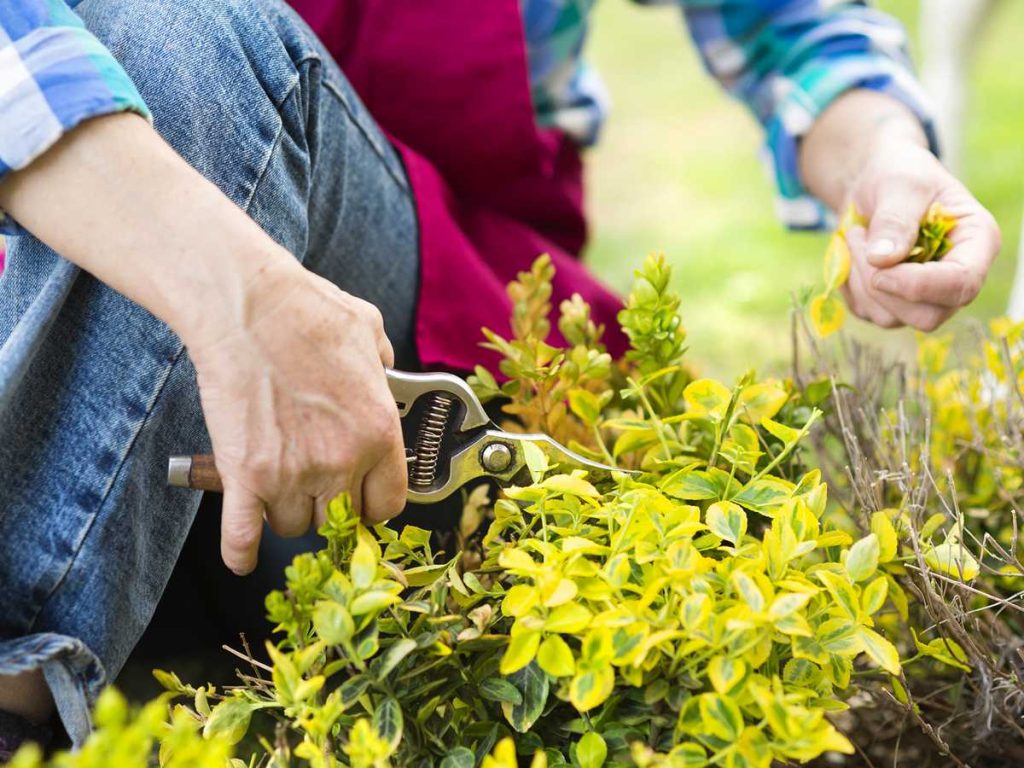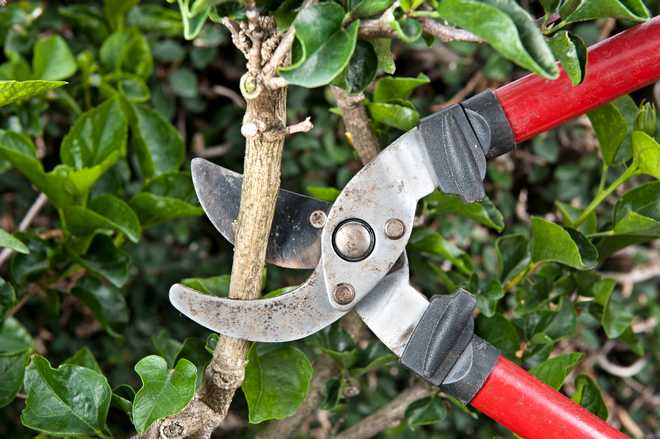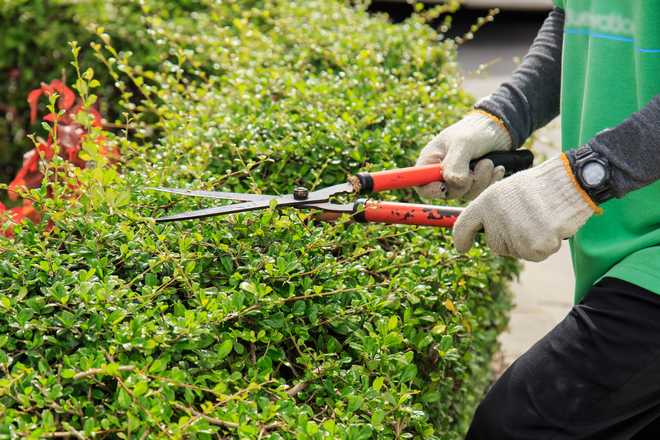
Regular pruning of flowering and deciduous shrubs is necessary to keep a balanced volume and, from a decorative point of view, to maintain a pretty shape. But this pruning, if done at the right time, also helps your shrubs to flower well! Find in this article the calendar , the advice and the good gestures to prune the main shrubs of the garden .
When to prune shrubs?
The pruning calendar for shrubs varies according to the species, depending in particular on their flowering period:
- Shrubs that bloom in spring should be pruned right after they bloom , from April to June.
- Shrubs with summer flowers are pruned at the end of winter , in March, after periods of extreme cold.
- Evergreen shrubs appreciate two light prunings in the year : a first one at the end of spring to restore a beautiful silhouette after a period of strong growth A second maintenance pruning, just as light, can be carried out at the end of the summer or at the beginning of autumn in order to keep a nice shape all winter.
Here is an indicative size calendar according to the species :
In April and May, from the end of flowering: prune forsythia, flowering currant, osmanthus, flowering cherry trees (Prunus), Japanese quince, hawthorn, spring spirea, serviceberry, Chinese azalea, Japanese azalea, laburnum, hydrangea, Mexican orange tree, lilac, Exochorda, etc.
At the very beginning of summer, at the end of June and July: prune the shrubs which flower late in the spring : Cotinus, Deutzia, Japanese coreta, mock orange, Snowball viburnum, Chionanthus, black locust, Photinia, Kolkwitzia, Wegelia, Spring Tamarisk, Rhododendron, Viburnum etc…
From February, but especially in March: prune all the shrubs that flower in summer or autumn : the Buddliéa, the shrubby lavatera, the Althéa, the Lespédéza, the chaste tree (Agneau-Chaste), the Caryopteris, the Perovskia, Leycesteria, deciduous ceanothus, summer tamarisk, hardy Fuchsia, dyers’ broom, St. John’s wort, tree speedwell, bushy Lagerstoemia, elderberry, etc.

How to prune flowering and deciduous shrubs?
Late winter pruning
“ Prune early, prune late, nothing beats pruning shrubs in March! the saying goes.
Late winter pruning is a cleaning and rejuvenation pruning.
It concerns the shrubs that will bloom next summer. By shortening their branches now, these plants are given a few months to produce new shoots at the end of which the flowers will appear.
In the case of certain shrubs, some of the oldest branches are cut flush to encourage the appearance of new branches.
We also remove all the dead wood in order to clean and ventilate the interior of the shrub, which allows better air circulation.
For others, only the branches are shortened (50 or 70 cm from the ground) so that they branch out. We then cut just above a weak branch which will serve as a sap puller.
Pruning Spring Shrubs
From April to the beginning of July , a cleaning pruning is carried out on the spring shrubs .
The objective is to renew the deflowered parts because the flowers are more numerous on the one-year-old branches, that is to say those which have grown during the previous summer.
This pruning therefore allows you to remove faded flowers , to give your shrub a nice shape , but also to leave the young shoots as much time as possible for them to grow sufficiently.
Here’s how to do it:
- Shorten withered branches by pruning just after a young shoot.
- Remove broken branches by cutting them above a healthy branch.
- On overly branched branches, you can trim the branches that go towards the center of the shrub. This promotes air circulation and restores light.
- Remove dead branches.
- Each year, cut one or two large branches close to the ground to clear the center of the bush and encourage the appearance of new shoots. The latter will take advantage to develop of all the sap that fed the old branches.

How to prune evergreen flowering shrubs?
In evergreen shrubs, there is no question of pruning too heavily because severe pruning is generally followed by very vigorous shoots , but without flowers. It is therefore necessary to prune gently in order to clear up the center of the bush:
- Clear the top of the shrub so that light can penetrate and promote the appearance of new shoots on the oldest parts of the branches.
- Also shorten the sides always with the idea of letting in the light which will allow the appearance of new buds and new shoots. But care must be taken to maintain a balanced general shape: natural or rounded.
- Cut the lowest branches close to the ground. These are the oldest branches because the older they are, the more the branches bend and approach a horizontal position.
- Remove all dead wood inside the bush.
